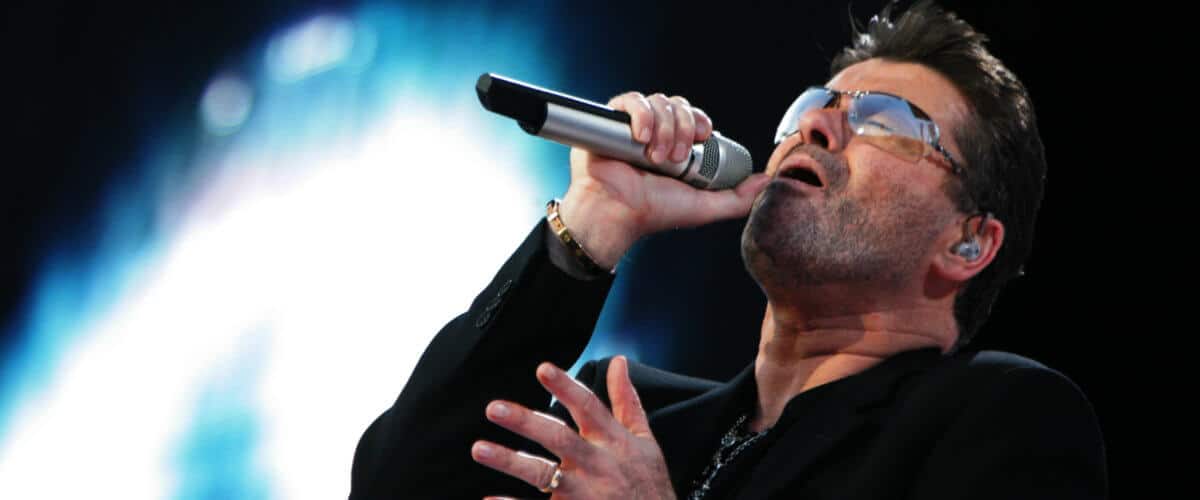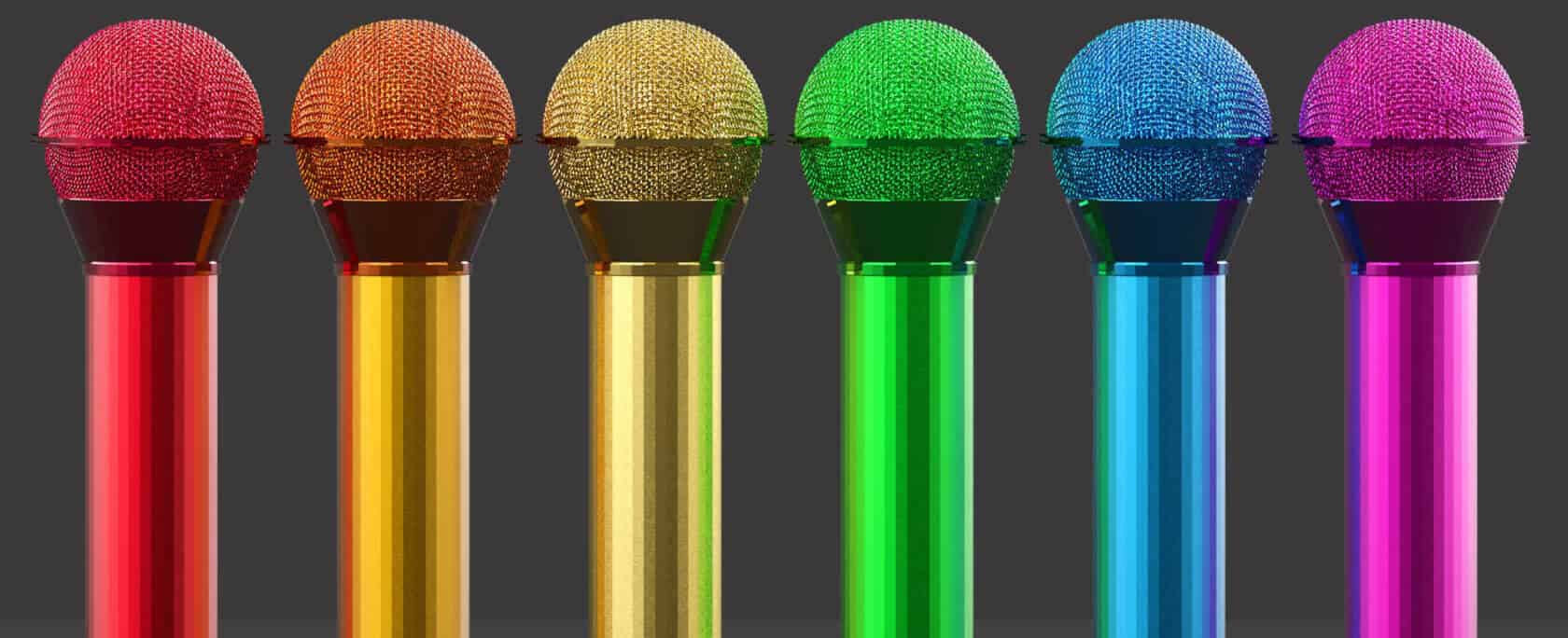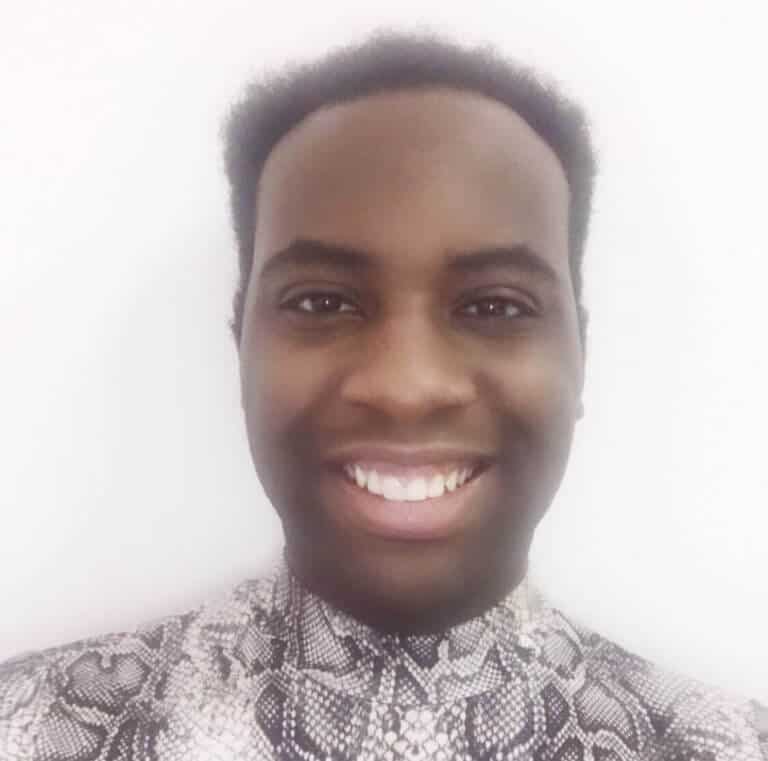As Pride Month comes to an end, Isaac Herron discusses the history of LGBTQ+ music and its incredible influence on mainstream culture.
As Pride continues to flourish around the world, the songs and melodic sounds of LGBTQ+ music fill the radio waves and continue to dance on the eardrums of many everywhere!
According to Wikipedia.com, LQBTQ+ music is a genre of music that highlights and focuses on the experiences surrounding gender and sexual minorities.
Produced and widely spread from the revolutionary efforts of the gay liberation movement of the 1960s through the mid-1980s, music of a queer environment has been voiced into various spectrums of popular music.
The genre can embody the anxiety, sadness, and frustration associated with the non-normative gender and sexual expression. The music genre allows the marginalized group a platform for expression.
In recent years, mainstream music has begun to reflect acceptance through LGBTQ+ musicianship. However, what was the journey of LGBTQ+ music, and how did it evolve into what it is today? The history of this music genre is fascinating.
The History of Gay Musicians
In 1890, the musical streets of New Orleans, USA began altering the rules and regulation of prostitution, which engaged sexual minority group’s spaces to interact and create.
Through brothels, gay musicians such as Bessie Smith and Tony Jackson provided the sounds of Jazz to the masses.
As blues continued to gain popularity, performers such as Lucille Bogan and Ma Rainey would sing about their sexual experiences with other women. This notion gave the genre its beginning nature of sexual expression and acceptance.
Later, Broadway shows and musician audiences would grow in the busy New York City.
Despite the outspoken nature of LGBTQ+ music at the time, it remained marginalized within popular music sectors. For example, composer Leonard Bernstein hid his sexual identity from the public in fear of social rejection.
In the 1970s the vibrant sounds of glam rock, industrial music, and disco filled the decade as the culture offered varying platforms of expression for sexual non-conforming individuals.
In The Spotlight
Ten years after the sounds of disco, the 1980s found an increase of LGBT culture within pop music.
Through gender-bending and cross-dressing, artists such as George Michael, The Pet Shop Boys and Erasure projected to normalise sexual expression in a time where it was discriminated against.

Music videos were beginning to shed light on same-sex relationships, as gay icons such as Cyndi Lauper dominated the US pop charts.
With the increasing fight for pro-LGBT laws in the 1990s, musical allies began to form and speak out about the cruel treatment of homosexual relations.
Groups such as Placebo and Mana joined the high ranks of allies within the music industry.
A New Century
The 2000s saw a spike in LGBTQ+ musicians as it formulated into its music genre. Artists such as Lady Gaga, RuPaul, Years & Years and Troye Sivan supported a huge, growing music community as they continue to spread the messages of awareness and equality throughout the mainstream music world.
According to Wikipedia.com, the earliest US top 40 singles to feature a positive depiction of same-sex relations, was a bisexual musician, Lou Reed, in their 1972 hit Walk on the Wild Side.
This song depicted the lives of gay, bi, and trans members of Andy Warhol’s friend group.
Additional lyrical content helped push the conversation of equality as in 2012 Frank Ocean’s Channel Orange, which discusses his romantic relationships with male pronouns when describing his love interests.
However, lyrical implications can also spark negative attention. Songs such as I Kissed a Girl by Katy Perry explores female same-sex relationships, but have been seen as being ‘negative’ and ‘tone deaf” to the values and needs of the LGBTQ+ community in recent years.
An Artist’s Perspective
As a proud member of the LGBTQ+ music community, my music has begun to take a hopeful shift in the past years.
Previously, my song-writing was filled with romantic phrases as it always produced a longing tone, projecting my sexuality in a hidden way.
Now, the historical rainbow flag within my music prominently as I discuss the world of queer love and its dynamic implications.
With the positive response to queer music, music listeners have allowed me to feel more comfortable expressing my queerness through song. This notion was heavily aided by the global recognition from the lack of equality projected in many societies throughout the world.
The genre, artists, and songs explain above, are just a few examples when it comes from the wide representation of queer individuals in music.
Queer people are so integrated into pop music, that it would be hard not to acknowledge their presence within the music itself.
With the advancement of technology and social media, the internet has substantially aided in creating a platform for LGBTQ+ to become the focal point of music.
Although, the community still fights for equality globally and acceptance for all, LGBTQ+ music will always bring people together.
Photos: Shutterstock
From LGBTQ+ Music to live music, it all can bring us together:
Support us!
All your donations will be used to pay the magazine’s journalists and to support the ongoing costs of maintaining the site.
Share this post
Interested in co-operating with us?
We are open to co-operation from writers and businesses alike. You can reach us on our email at [email protected]/[email protected] and we will get back to you as quick as we can.










